2025-12-27T17:00:00-07:00
...WIDESPREAD WINTER WEATHER AND WIND IMPACTS... .A series of cold fronts will move through the Northern Rockies bringing wind and snow impacts beginning as early as late tonight into Friday morning. Snow squalls are possible in west-central and southwest Montana late Friday night into early Saturday morning. A push of Arctic air will move westward across the Continental Divide on Saturday bringing another uptick and change in direction of winds with much colder temperatures to follow. * WHAT...Snow expected. There is a likelihood of moderate to isolated major winter weather impacts. Total snow accumulations between 3 and 12 inches. Winds gusting as high as 50 mph. * WHERE...Polebridge, Glacier National Park, Essex, Highway 83 Bigfork to Swan Lake, Marias Pass, and Bad Rock Canyon. * WHEN...From 8 AM Friday to 5 PM MST Saturday. * IMPACTS...For MODERATE winter weather impacts, expect disruptions to normal activities. Hazardous traveling conditions. Use extra caution while driving. Closures and disruptions to infrastructure may occur. For MAJOR winter weather impacts, expect considerable disruptions to normal activities. Dangerous or impossible traveling conditions. Avoid travel in the impacted areas if possible. Widespread closures and disruptions to infrastructure may occur. The hazardous conditions could impact the Friday evening commute, especially over higher passes. Gusty winds could bring down tree branches. * ADDITIONAL DETAILS...An Arctic front will move westward across the Continental Divide on Saturday bringing an uptick in northeast winds in, and near, canyon gaps and downslope foothills. Much colder temperatures with, and behind, this Arctic front. Rapid freeze up of any wet or slushy roads is likely.
Summary
Rising to an elevation of 10,747 feet (3,275 meters), it offers breathtaking views of the surrounding landscape. This majestic mountain stands as a testament to the beauty and grandeur of the Rockies.
During the winter season, Mount Cannon experiences a diverse snowpack range due to its location and elevation. The snowpack can vary from light to heavy, creating ideal conditions for winter sports enthusiasts. Skiers and snowboarders can take advantage of the mountain's slopes, while hikers can enjoy the tranquil beauty of a winter wonderland.
Mount Cannon is also known for its contribution to the runoff of several creeks and rivers in the region. These waterways are fed by the melting snow from the mountain, providing a vital source of freshwater to the surrounding ecosystem. The pristine waters originating from Mount Cannon contribute to the overall health and vitality of the local flora and fauna.
Regarding the history and lore of Mount Cannon, it is important to consult multiple independent sources to ensure accuracy. Unfortunately, no specific legends or lore have been found about this particular mountain. However, its name might be attributed to a historical figure or hold significance to the local indigenous communities. It is always intriguing to delve into the stories and legends surrounding such magnificent peaks, as they often provide a deeper connection to the land and its people.
Weather Forecast
Regional Streamflow Levels
14,600
Cubic Feet Per Second
1,670
Cubic Feet Per Second
4,310
Cubic Feet Per Second
3,960
Cubic Feet Per Second
Area Campgrounds
| Location | Reservations | Toilets |
|---|---|---|
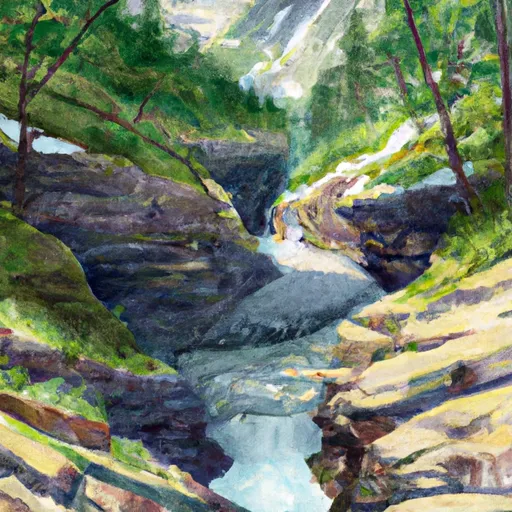 Avalanche Creek - Glacier National Park
Avalanche Creek - Glacier National Park
|
||
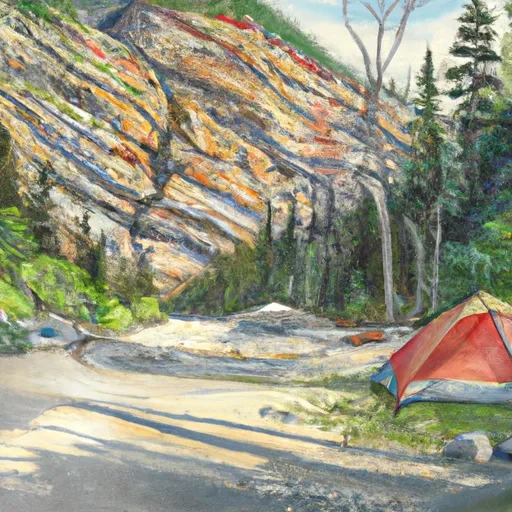 AVALANCHE CREEK
AVALANCHE CREEK
|
||
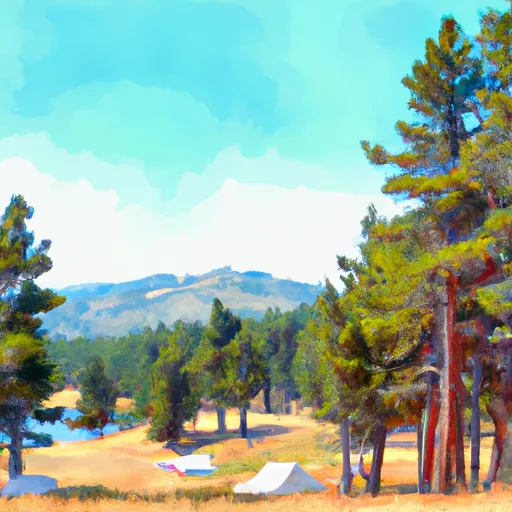 Snyder Lake
Snyder Lake
|
||
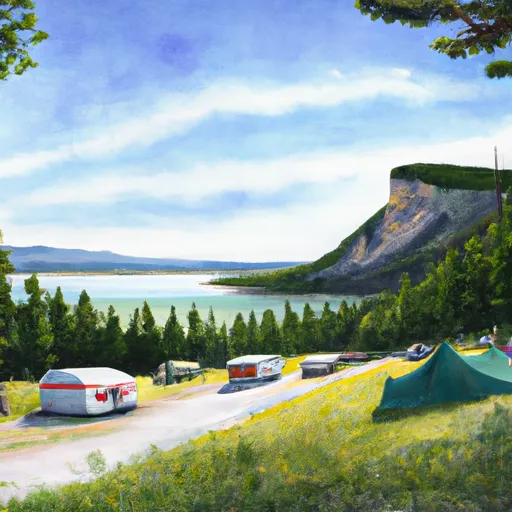 Arrow Lake
Arrow Lake
|
||
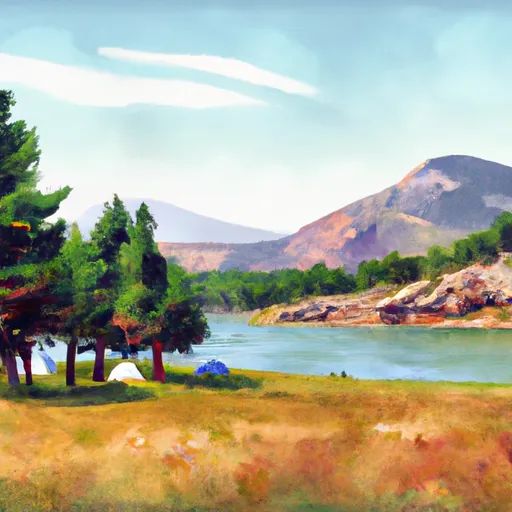 Gunsight Lake
Gunsight Lake
|
||
 Granite Park campsite
Granite Park campsite
|
